The One Percent is a film of genre Documentary directed by Jamie Johnson released in USA on 29 april 2006
The One Percent (2006)
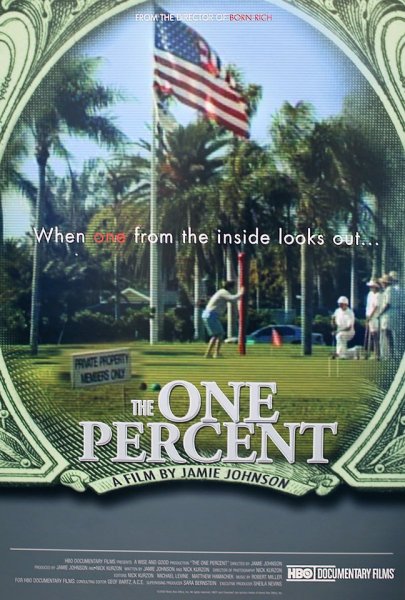
If you like this film, let us know!
The One Percent is a 2006 documentary about the growing wealth gap between the wealthy elite compared to the overall citizenry in the United States. It was created by Jamie Johnson, an heir to the Johnson & Johnson fortune, and produced by Jamie Johnson and Nick Kurzon. The film's title refers to the top one percent of Americans in terms of wealth, who controlled 42.2 percent of total financial wealth in 2004.
The film premiered on April 29, 2006, at the Tribeca Film Festival. It was reported to have been purchased by HBO and a revised version of the film, substantially re-edited and incorporating footage shot since the 2006 festival screening, premiered on February 21, 2008 on HBO's Cinemax.
Comments
Leave comment :
Suggestions of similar film to The One Percent
There are 1 films with the same director, 8969 with the same cinematographic genres, to have finally 70 suggestions of similar films.If you liked The One Percent, you will probably like those similar films :
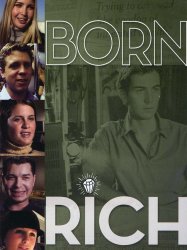
Born Rich (2003)
, 1h15Directed by Jamie Johnson
Origin USA
Genres Documentary
Themes Films about families, Documentary films about business, Documentary films about the film industry, Documentaire sur une personnalité, Autobiographical documentary films
Actors Jamie Johnson
Rating64%






Open Hearts (2002)
, 1h53Directed by Susanne Bier
Origin Danemark
Genres Drama, Documentary, Romance
Actors Mads Mikkelsen, Sonja Richter, Nikolaj Lie Kaas, Paprika Steen, Ulf Pilgaard, Ida Dwinger
Rating74%





Cecilia et Joaquim, jeune couple d'amoureux, sont sur le point de se marier quand Joaquim est renversé par une voiture. Le diagnostic des médecins est sans appel : le jeune homme restera tétraplégique. Cecilia se prépare à affronter l'avenir avec son mari paralysé. Mais ce dernier sombre dans la dépression et préfère couper les ponts. De son côté, Marie, mariée depuis quinze ans et mère de trois enfants, est rongée par un sentiment de culpabilité : elle conduisait la voiture responsable de l’accident. Elle demande alors à Niels, son mari médecin, de se rapprocher de soutenir la fiancée de Joaquim pour la soutenir dans cette épreuve.

My Left Breast (2002)
Genres Documentary
Themes Medical-themed films, Films about sexuality, LGBT-related films, Documentaire sur l'homosexualité, Documentary films about health care, Films about cancer, LGBT-related films, LGBT-related film, Lesbian-related films
Rating68%






My Four Children (2002)
, 53minutesOrigin Israel
Genres Documentary
Themes Films about adoption, Films about children, Films about families, Documentaire sur une personnalité, Films about disabilities
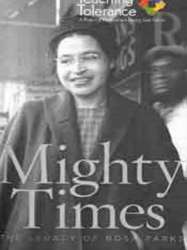 , 40minutes
, 40minutesDirected by Robert Houston
Origin USA
Genres Documentary
Themes Documentary films about historical events, Documentary films about politics, Political films
Actors Nick LaTour
Rating78%






MC5: A True Testimonial (2002)
, 1h59Genres Documentary, Musical
Themes Films about music and musicians, Documentary films about music and musicians, Documentaire sur une personnalité, Musical films
Actors Wayne Kramer, Michael Davis
Rating77%





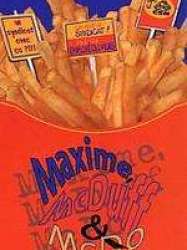
Maxime, McDuff & McDo (2002)
, 52minutesDirected by Magnus Isacsson
Origin Canada
Genres Documentary
Themes Films about the labor movement, Documentary films about politics, Documentary films about cities, Political films
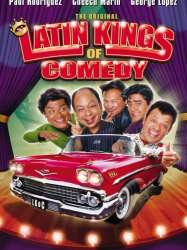 , 1h26
, 1h26Origin USA
Genres Thriller, Comedy, Documentary
Themes Films about music and musicians, Documentary films about music and musicians, Documentaire sur une personnalité, Musical films
Actors George Lopez, Cheech Marin, Alex Reymundo, Paul Rodriguez
Rating66%





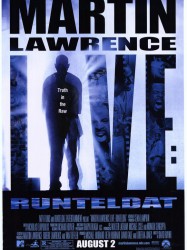 , 1h53
, 1h53Directed by Martin Lawrence, David Raynr
Origin USA
Genres Comedy, Documentary
Themes Films about music and musicians, Documentary films about music and musicians, Documentaire sur une personnalité, Musical films
Actors Martin Lawrence, Nancy O'Dell, Mikki Padilla
Rating54%





 , 55minutes
, 55minutesGenres Documentary
Themes Environmental films, Seafaring films, Transport films, Documentary films about business, Documentary films about environmental issues
The area was originally considered worthless by European-Australian settlers, who fenced it off and abandoned it. The town was established around the start of the 20th century by German immigrant settlers. Its population increased after the first and second World Wars due to the government's policies of subsidies to encourage settlement by veterans. The people of Rainbow have struggled to eke out an existence for more than three generations, with global economics and government policy compounding the difficulties of marginal farming. The film draws from home movies from the 1940s to portray the people in this town.
 Connection
Connection